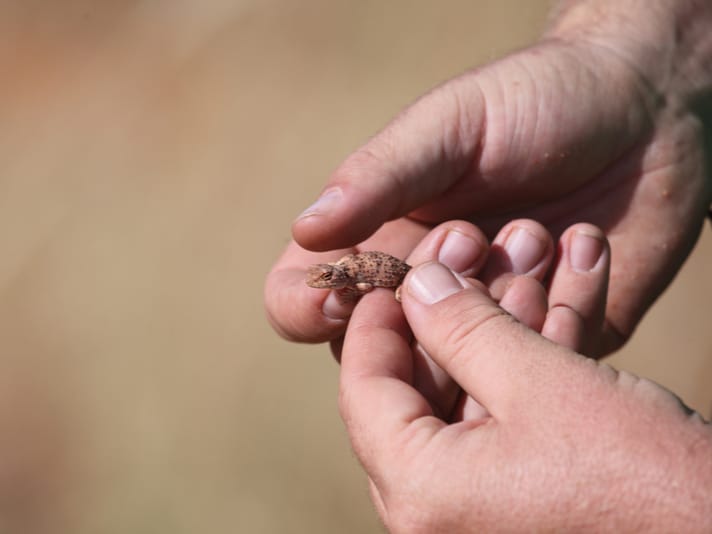One lizard species, the earless dragon, is being consumed by feral cats in very large numbers.
Australia’s native reptiles are being threatened by climate change and the introduction of invasive species, such as feral cats and cane toads, according to the latest updates from The IUCN Red List of Threatened Species.

Chris Watson/Shutterstock
The earless dragon is being consumed by feral cats in very large numbers.
The IUCN says in its yearly report, known as the Red List, that 7 percent of the continent's reptile species are threatened with extinction. The IUCN includes nearly all of the country's reptiles, 975 reptile species, on the list.
It notes a recent study of feral cats in Australia that states that more than 600 million reptiles are killed by these animals every year.
Millions Of Australian Reptiles Killed By Feral Cats Each Year, Study Says
The grassland earless dragon (Tympanocryptis pinguicolla) has suffered dearly from predation by feral cats. It has since been moved from Vulnerable to Endangered on the IUCN Red List. The small lizard, which is naturally adapted to semi-natural wildfire patterns, is also harmed by agricultural management.
Another invasive species that has contributed to the decline of reptiles in Australia is the cane toad, which was introduced to Australia in 1935 as a control for the sugarcane beetle. The toxic toad is eaten by the Mitchell's water monitor, (Varanus mitchelli) which then dies. The lizard has declined up to 97 percent in some areas due to the cane toad, according to the IUCN. The Mitchell's water monitor is now listed as Critically Endangered.
The Bartle Frere Cool-skink (Techmarscincus jigurru) is suffering from the effects of climate change. The cold-adapted reptile can only be found on Mount Bartle Frere, where temperatures can go to 39 degrees Fahrenheit (4°C.) According to the IUCN, a 1°C increase in temperature will result in the lost of up to 50 percent of the population of the skink within 30 years.
The list is updated every year, and sometimes animals recover but still face an onslaught of challenges.



